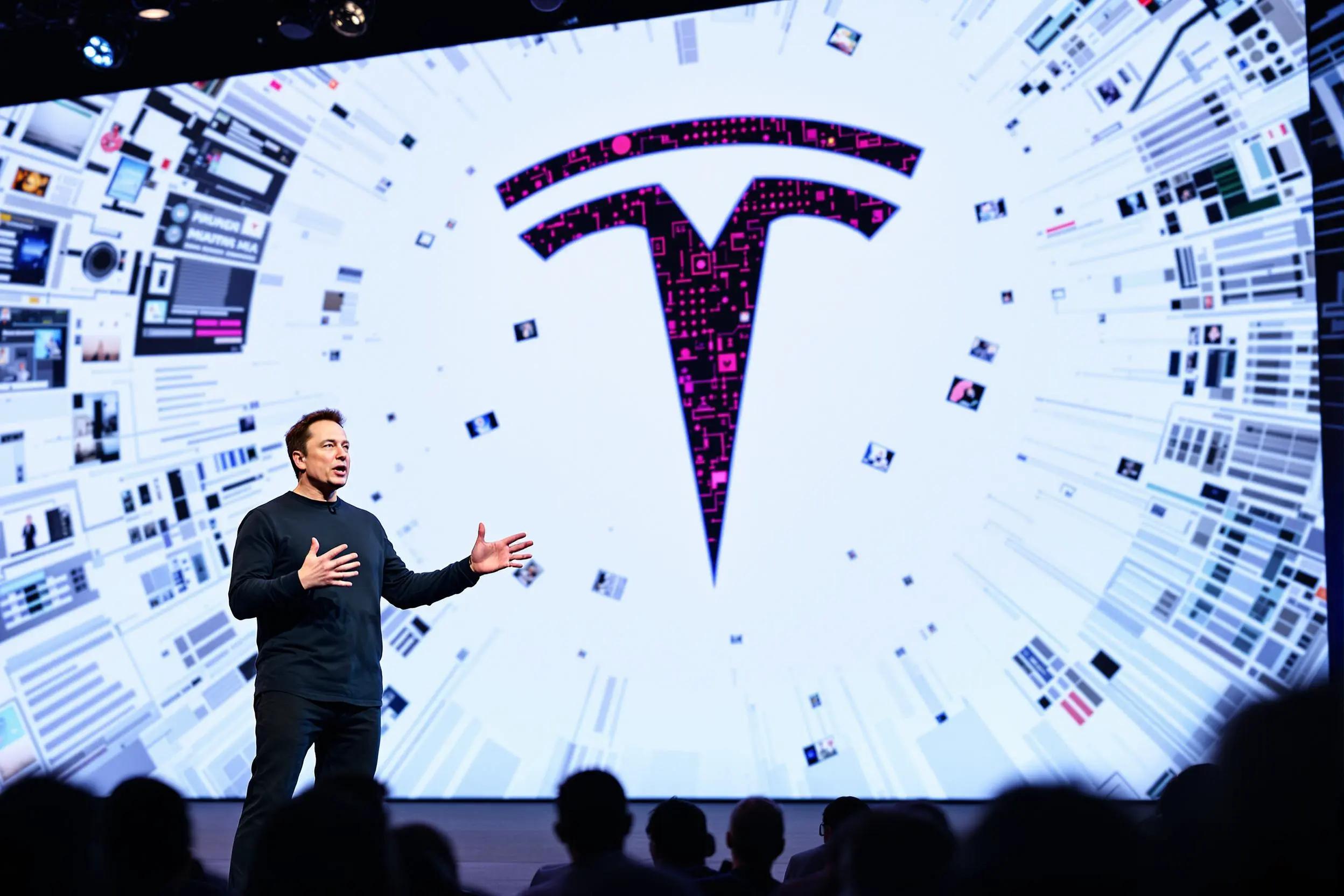April 1, 2024|6 min reading
The Uncharted Frontier of 3D Image Generation: A Revolution in Digital Creation

In an era where digital content creation has seen leaps from simple sketches to photorealistic 2D images, a new frontier beckons—3D image generation. This transformative technology promises to redefine our interaction with digital environments, offering unparalleled customization and immersion. From revolutionizing video games to enabling dynamic interior designs with a simple voice command, the potential applications are as vast as our imagination.
The Magic of 3D: A New Dimension in Digital Creativity
Video Games: Crafting Worlds with Words
Imagine a video game where the environment morphs before your eyes, tailored to your decisions and actions. Unlike the self-generated realms of Minecraft, these environments offer a unique experience, with every character and landscape piece reflecting your journey. This isn't a distant dream but a tangible future made possible through 3D image generation.
VR and Spatial Computing: The New Frontier
With the advent of devices like the Apple Vision Pro, the potential for 3D generated objects and environments in virtual reality and spatial computing is boundless. Picture describing your dream apartment and watching as it materializes around you, customizable down to the leather of your armchair. This seamless integration of voice commands and 3D design could redefine interior decorating, making it as easy as a casual conversation.
The Challenges of 3D Generation: Navigating Uncharted Waters
Despite the excitement, 3D image generation faces significant hurdles. The technology's complexity, coupled with the sheer volume of data required for convincing models, presents a unique challenge. Unlike the rapid advancements in 2D image generation, 3D models require a nuanced understanding of space and form, making high-quality, convincing outputs harder to achieve.
The Quantum Leap in Data and Technology
From 2D Brilliance to 3D Ambition
The journey from the first rudimentary 2D face generation to photorealistic images was fueled by vast datasets of images and photos. This explosion in data quality and quantity laid the groundwork for the advancements we see today. However, the 3D world lacks this foundational dataset, making the path to high-quality 3D generation more complex and uncertain.
Breaking Barriers: Innovative Approaches to 3D
Researchers and developers are finding inventive solutions to overcome these obstacles. By leveraging the advancements in 2D image generation, they're crafting systems capable of transforming 2D visuals into 3D scenes, a hack that bypasses the data limitations of the 3D realm.
Case Studies: Pioneering the Future of 3D Generation
The Evolution of Image Generation: From Photogrammetry to NERF
Exploring techniques like photogrammetry and Neural Radiance Fields (NERF), we see a transition from relying on extensive camera setups to sophisticated algorithms that stitch together a 3D scene from multiple 2D images. These advancements hint at a future where generating a 3D model from a handful of photos could become commonplace.
The Leap into Generative Models: Dream Fusion and Beyond
The development of models like Google's Dream Fusion represents a significant milestone in 3D image generation. By generating 3D scenes from a single 2D image, these models open new possibilities for creativity and design, promising a future where detailed 3D environments are crafted from minimal inputs.
The Future Is 3D: Envisioning the Next Decade
As technology evolves, the barriers between imagination and digital reality blur. The coming decade promises a revolution in how we interact with digital environments, from gaming to design to virtual exploration. With each advancement, we step closer to a world where creating complex, dynamic 3D worlds is as simple as describing them out loud.
Conclusion: The Dawn of a New Digital Era
The journey into 3D image generation is just beginning. While challenges remain, the potential applications—from gaming to VR and beyond—paint a future rich with possibilities. As we continue to innovate and explore this uncharted frontier, the line between the digital and the real will continue to fade, ushering in a new era of creativity and technological wonder.
FAQs
Q: How far are we from seeing these technologies in everyday applications? A: While foundational technologies like NERF and Dream Fusion are already being explored, widespread application may still be a few years away. Continuous advancements and increased data availability will accelerate this process.
Q: Can 3D image generation change the way we design physical spaces? A: Absolutely. With the ability to visualize and modify designs in real-time, architects and interior designers could revolutionize the way we think about space, offering unprecedented flexibility and customization.
Q: What's the biggest challenge facing 3D image generation today? A: The main hurdle is the lack of a comprehensive dataset for 3D objects and environments, which is essential for training generative models. Overcoming this will require innovative approaches and collaborative efforts across industries.
The future of 3D image generation holds the key to unlocking realms of creativity and interaction previously confined to the imagination. As we stand on the brink of this digital revolution, one thing is clear: the possibilities are as limitless as our capacity to dream.
Explore more

Elon Musk’s Vision: AI, Mars, and a Future of Abundance
Explore Elon Musk’s predictions on AI, Tesla’s Robotaxi plans, Starship’s Mars mission, and the role of robots in a futu...

Black Forest Labs Launches API for Faster Image Generation with Flux1.1 Pro Model
Black Forest Labs unveils its Flux image generator API, providing developers fast, high-quality image generation options...

WebFill: The Ultimate AI Tool for Form Filling, Surveys, and Data Entry
Explore WebFill, an AI-driven tool for automated form filling, survey completion, and data entry. Discover its powerful ...
